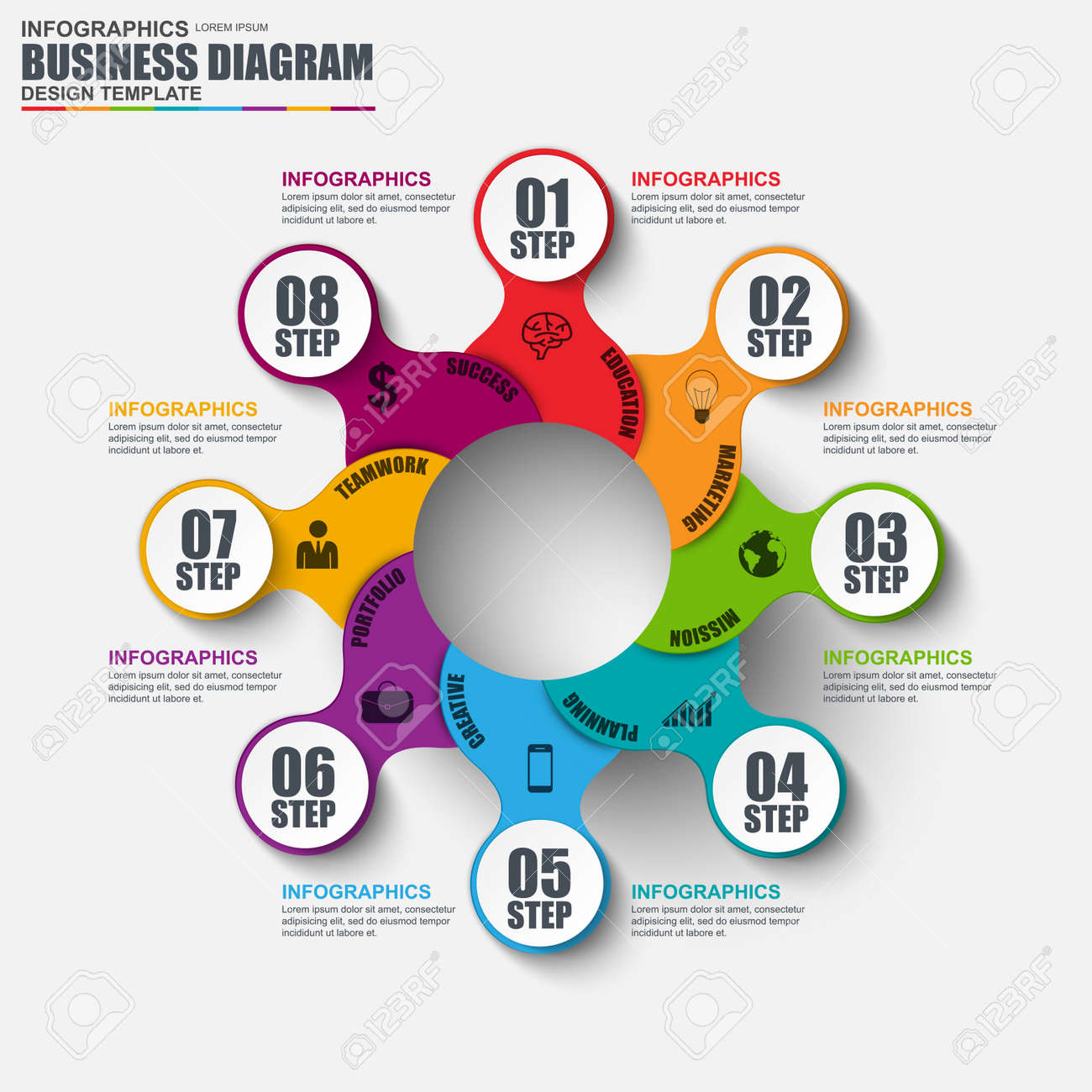Site Design Basics: Tips For Structure A User-Friendly Website
Site Design Basics: Tips For Structure A User-Friendly Website
Blog Article
Created By-Aguirre Thorpe
When it involves web site design, making certain user-friendliness is key. From receptive layout to streamlined navigation, every element plays an essential role in creating a website that caters to your audience's demands. But what regarding the better details that can make or break a user's surfing experience? Stay tuned as we discover some often-overlooked suggestions that can boost your internet site's use to the next level, making it genuinely stick out in the electronic landscape.
Significance of Responsive Layout
Responsive design is a critical aspect of modern site development. Guaranteeing your web site is responsive means that it can adapt to different display dimensions and gadgets, providing a seamless experience for users.
With the enhancing use of smartphones and tablets to access the web, having a receptive style is necessary for reaching a bigger audience. It helps in enhancing customer experience by making your site simple to browse and keep reading any type of device.
Furthermore, responsive layout can positively influence your internet search engine rankings, as internet search engine like Google focus on mobile-friendly sites. By having a responsive style, you're likewise future-proofing your site, as brand-new gadgets with differing display sizes continue to emerge.
Simplify Navigation Structure
To improve individual experience and facilitate very easy accessibility to details on your site, streamlining the navigating framework is vital. When developing your website, concentrate on creating a clear and user-friendly navigation menu that aids site visitors find what they're looking for rapidly.
Restriction the number of food selection products to the basics, grouping associated web pages together to stay clear of frustrating individuals. Usage descriptive tags that plainly indicate the content of each page, making it simpler for customers to recognize where each web link will certainly take them.
Take into consideration implementing dropdown menus for subcategories to avoid jumbling the primary navigation bar. In just click the up coming document , include a search bar plainly on the web page for users who choose looking for details info.
Focus on mobile responsiveness in your navigating layout to make certain simple accessibility on all gadgets.
Enhance Web Page Load Rate
Improving web page load speed is crucial for keeping visitors on your internet site. Slow-loading web pages discourage individuals and can bring about high bounce prices. To enhance web page load speed, start by maximizing photos. Press pictures without endangering quality to reduce their data sizes.
In addition, enable browser caching to store regularly accessed sources in your area, speeding up load times for returning visitors. Minify CSS, JavaScript, and HTML documents by removing unneeded characters, comments, and format, boosting load rate.
Take into consideration using a material shipment network (CDN) to disperse your web site's web content across numerous web servers worldwide, decreasing latency for users accessing your site from different places. Finally, limit making use of third-party manuscripts and plugins, as they can dramatically influence load times.
Final thought
To conclude, by integrating receptive layout, streamlining navigating, and enhancing web page tons speed, you can create an easy to use site that appeals to a larger target market and enhances customer experience. These essential elements guarantee that site visitors can quickly access and browse your website across various gadgets, resulting in boosted engagement and satisfaction. By focusing on these vital aspects, you can develop a successful internet site that keeps individuals returning for more.
